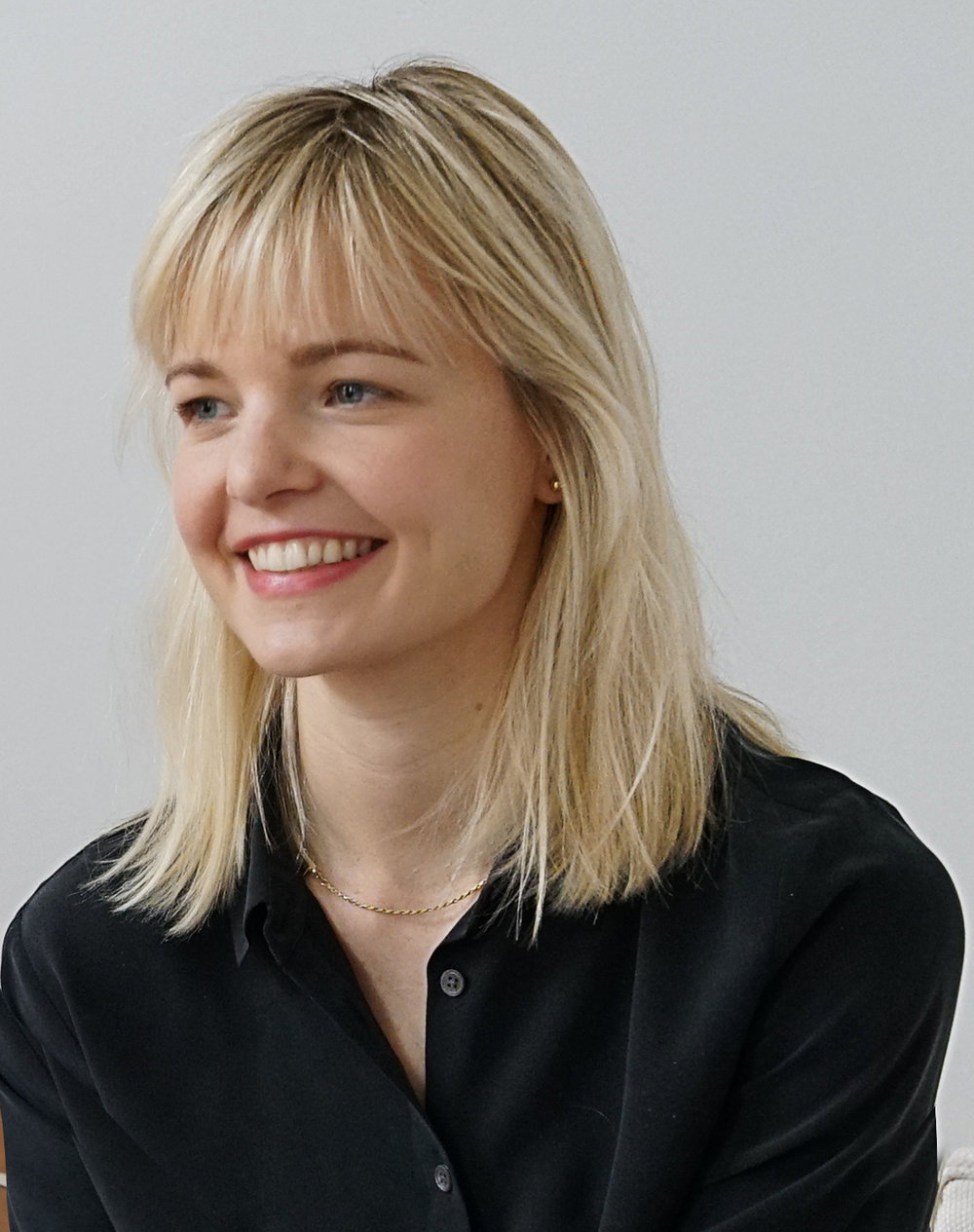Feeling stuck in a situation can be paralyzing. Motivation is drained, leaving us feeling helpless and without options. While this is not exactly a new phenomenon, as psychologists, we are seeing an increasing number of young people entering our offices unable to make decisions about everything, from their career to relationships. So what’s going on here?
We have entered into an era of decision paralysis. Fueled by self-criticism, perceptions of unlimited choice, emotional numbing, and fear of an uncertain global landscape, younger generations (and older) are freezing under the enormous pressures they face. At times very real, and at times imagined.
3 Reasons Why You Feel Stuck
1. Self criticism and pressure. Social media plays a big role in contributing to the escalating pressures and crippling high standards of living. When your tribe is made up of 1000 friends on social media whose lives appear “perfect,” the social standard feels impossible to meet, rejection seems imminent, and this can cause the inner critic to go into overdrive. When we doubt ourselves (and our worth), it becomes difficult to trust our judgement. Qualities such as creativity, motivation, and spontaneity become diminished, making it ever more difficult to make effective decisions. Furthermore, there is pressure to make the “best” decision, particularly in the eyes of others, rather than considering what is most important to us and our personal values. This toxic combination of self criticism and enormous pressure can lead to decision paralysis.
2. Being stuck in the past. Our minds often have the tendency to focus on the past in order to determine how to move forward. This can take the form of fixating on all the times we did not succeed in ways we hoped, internalized negative messages about ourselves from the past, or recreating unhealthy but familiar patterns in our relationships. These deep seated core beliefs, such as feeling inadequate or unlovable, keep us stuck by staying in unfulfilling relationships or playing it “safe” because we don’t believe we can do better.
3. Numbing our emotions. According to a Nielson report in 2017, United States adults were watching approximately 5 hours of television per day! Binge watching Netflix TV shows while texting or browsing instagram has become a norm. It becomes very difficult to tune into our thoughts and emotions when we are chronically distracted by screens. We also know that emotions play a crucial role in decision-making. A case some years ago came to the attention of a neuroscientist, Dr. Andrew Demasio at UCLA, because a small tumor cut from this man’s cortex caused damage to his frontal lobes in such a way that he could no longer access his emotions. The result was that his IQ remained the same, but left him incapable of making even the most mundane decisions. Cut off from our feelings, the brain can’t make up its mind.
Methods for Making A Decision
It is not easy to make an important decision, particularly with the backdrop of so much noise and pressure that our culture places on us. Making a decision can be hard because it involves loss of the opportunities not taken. Given this fear, many people chose to remain in a stuck place indefinitely – which is a decision in of itself! Making a decision from a clear and authentic place requires us to shift from a state of anxiety and fear, and instead to tune into our rational thoughts, feelings, and intuitions. Here are some steps to getting there:
1. Acceptance of uncertainty. The future is unpredictable and part of making a decision is taking a risk. It’s helpful to let go of how we think things should be or turn out, and instead start to be curious about it might turn out. Decisions are rarely perfect, and there will likely be bumps in the road. It’s also helpful to remind ourselves that decisions don’t have to be final, we can make a decision and change our mind later.
2. Self compassion and anxiety management. Making an important decision is already hard enough without the barrage of worry and criticism that we often self inflict. Instead, speak to yourself as you would a good friend – being supportive and encouraging without making global judgements of your character should something not work out initially.
3. Accessing intuition. It can be helpful to find time and space that is quiet and undisturbed where you can contemplate the issue at hand. Taking a moment to clear your mind, connect with your body, and wait until you feel relaxed before exploring your inner wisdom. Hold your question or issue lightly in mind without forcing any thoughts, and allow yourself to be open to whatever emerges inside – bodily sensations, words, feelings, thoughts, ideas, or images. Consider or write down what came up during this contemplate state and see what resonates.
4. Make a list of actionable steps that you can take. Once you identify the decision you might like to take, write down the steps it would take to achieve this decision. Review and revise the steps and finally, follow through on your list. Decision made!
Simone Humphrey, PsyD, is a psychologist working in private practice at Therapists of New York and Co-founder of LOVELINK.
Signe Simon, PhD, is a psychologist at New York University, Co-founder of LOVELINK, and working in private practice at Vienna Praxis.
Please go to nslexperience.com and follow @nslexperience to learn more and come along on the learning journey with us.




